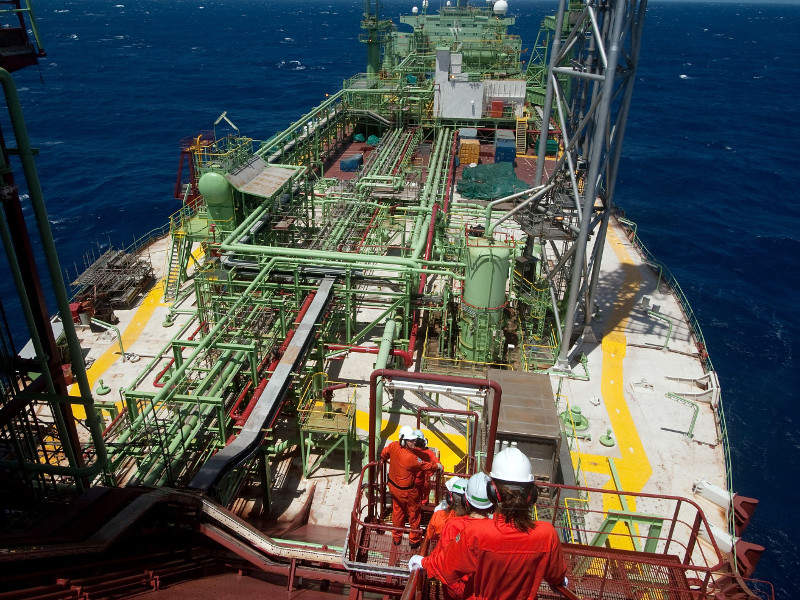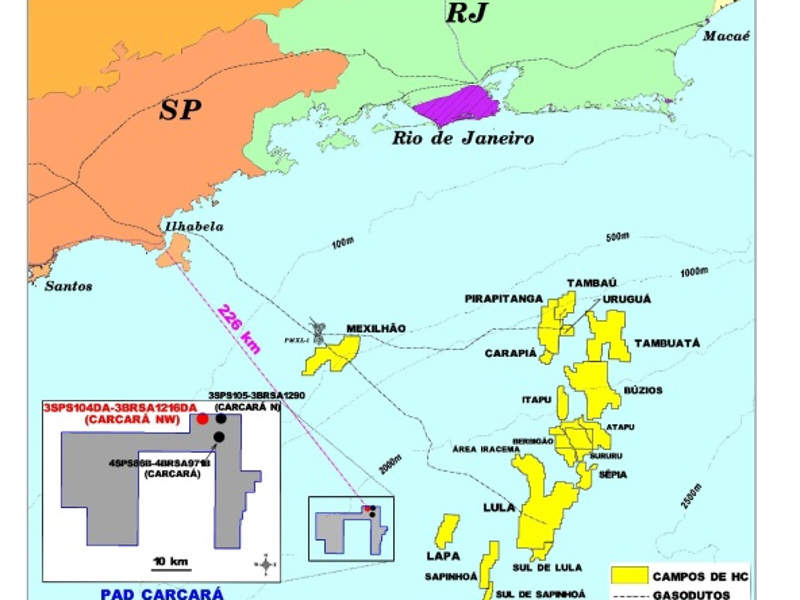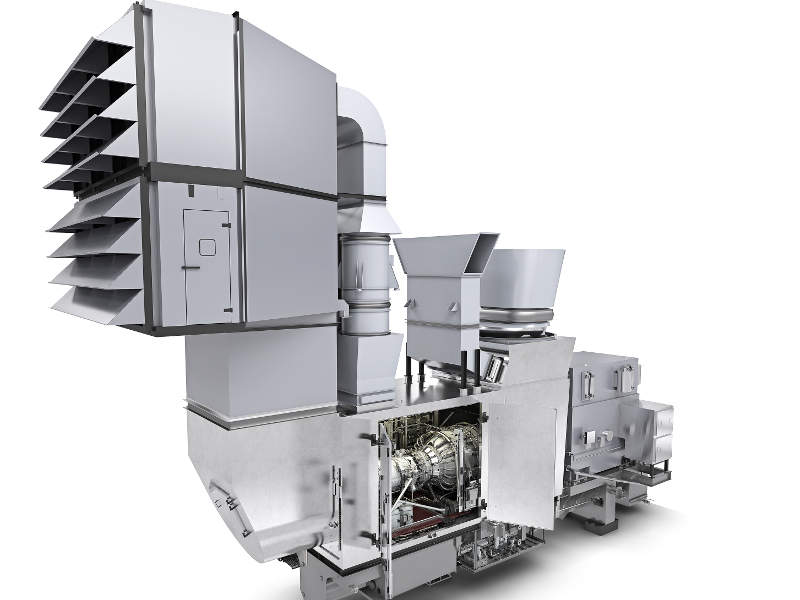The Sepia field development project includes the joint development of the Sépia oilfield, previously simply known as the north-eastern area of Tupi, and the Sépia Leste discovery, which are located approximately 185km and 250km respectively off the Rio de Janeiro coastline in Brazil.
Both fields lie in the pre-salt layer of the Santos Basin in Block BM-S-24.
The Sepia oilfield was declared commercial by Petrobras in September 2014, while the Sépia Leste field was declared commercial in November 2015.
Block BM-S-24 is jointly owned by operator Petróleo Brasileiro (Petrobas, 80%) and Galp Energia’s subsidiary Petrogal Brasil (20%).
The developers unitised the two fields under a Production Individualization Agreement (PIA), which enabled the joint development of the two fields.
First oil from the project is expected in 2021.
Details of the Sepia Leste field
The Sépia Leste field is an extension of the Sépia field and features a reservoir with excellent porosity and permeability, containing good-quality oil of approximately 26º API.
Sépia Leste is estimated to hold a total recoverable volume of 130 million barrels of oil equivalent (boe).
Sepia field early production details
Petrobras installed an early production system at the Sepia field in March 2016 in order to assess the behaviour of the reservoirs and test the rate of oil flow.
The early production assessment was carried out using the Cidade de São Vicente floating, production, storage and offloading vessel (FPSO).
The FPSO was installed in the Onerous Assignment area in the Santos Basin and connected to the 1-RJS-691 well.
Test operations yielded approximately 20,000 barrels of oil per day.
The oil produced from the site was of good quality with a 26º API and was transported using shuttle tankers.
Details of the Carioca MV30 FPSO
The Carioca MV30 FPSO, also known as the Sepia MV30, is expected to be deployed at the Sépia field.
It will have a processing capacity of 180,000 barrels of crude oil equivalent per day (boed), 212 million cubic feet of gas per day (Mcfd) and 240,000 barrels of water injection per day.
The FPSO will be the sixth vessel to be installed in the pre-salt Santos Basin and is expected to have a storage capacity of 1.4 million barrels of crude oil.
Its power generation system will include four SGT-A35 aero derivative gas turbine power generation systems and two SGT-A35-driven DATUM CO2 compressors.
The SGT-A35 aero derivative gas turbine will be coupled with an MT30 2-pole synchronous power turbine, which will provide a reliable power supply for this type of remote installation.
The two SGT-A35-driven DATUM compressor trains will be installed to re-inject carbon dioxide at a pressure of approximately 250bar (3,626psi).
Financing for Sepia MV30 FPSO
The construction of the Carioca MV30 FPSO is being financed by MODEC, Mitsui, Mitsui OSK Lines, the Marubeni Corporation and Mitsui Engineering & Shipbuilding.
The companies signed a long-term charter business agreement for a 21-year period in October 2017.
Contractors involved
MODEC is slated to carry out the engineering, procurement, construction, installation and operation of the Sepia MV30 FPSO, including its topsides, hull and marine systems.
MODEC subsidiary SOFEC is responsible for the design and supply of the FPSO’s spread mooring system.
Siemens was contracted to provide gas turbine packages and services for the Sepia MV30 FPSO.
The scope of the contract also includes long-term expert services and maintenance for the components supplied for the vessel.






